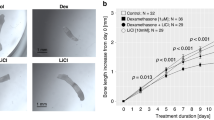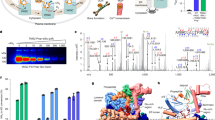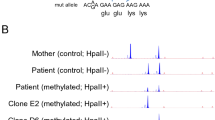Abstract
ABSTRACT: γ-Carboxylation of vitamin K-dependent clotting factors may be a key regulatory element in output of these proteins from liver to blood in the developing neonate. We have investigated the effect of hormones and growth factor on the vitamin K-dependent carboxylation system in neonatal rats and cultured fetal hepatocytes. Of the hormones and growth factor tested, only dexamethasone had a significant effect on the system. When dexamethasone was administered to newborn rats, there was a delayed response that produced significant enhancement of carboxylase activity 6 d after injection of the drug. A similar delayed response to the drug could also be demonstrated in cultured fetal hepatocytes. When cultured in the presence of 0.1–1 μM dexamethasone, cellular carboxylase activity was little affected by the drug the first 2 d of culture but the activity was increased more than threefold by 4 d in culture. Microsomal membranes from neonatal rat livers and fetal hepatocytes treated with dexamethasone showed enhanced vitamin K-dependent 14C labeling of the factor X membrane precursor pool. Enhanced labeling of the factor X membrane precursor pool has also been demonstrated in rats and HepG2 cells treated with warfarin. The data suggest that 1) γ-carboxylation of clotting factors is regulated by glucocorticoids in the developing liver, and 2) dexamethasone stimulates intracellular γ-carboxylation of the factor X precursor by a mechanism that currently is unknown.
Similar content being viewed by others
Log in or create a free account to read this content
Gain free access to this article, as well as selected content from this journal and more on nature.com
or
Author information
Authors and Affiliations
Rights and permissions
About this article
Cite this article
Wallin, R., Hutson, S. Dexamethasone Stimulates Vitamin K-Dependent Carboxylase Activity in Neonatal Rats and Cultured Fetal Hepatocytes. Pediatr Res 30, 281–285 (1991). https://doi.org/10.1203/00006450-199109000-00017
Received:
Accepted:
Issue date:
DOI: https://doi.org/10.1203/00006450-199109000-00017



